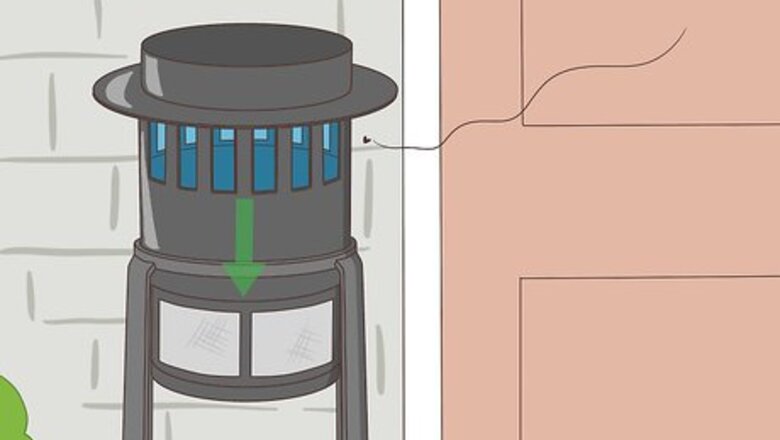
views
Killing No See Ums
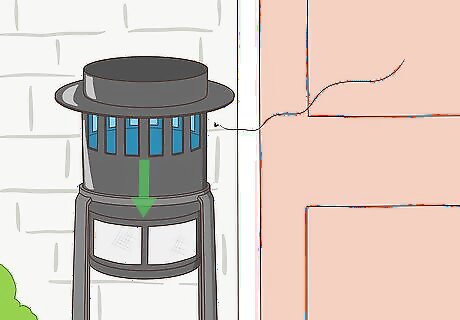
Place a CO2 lure trap near the entrance of your home. Just set the trap down and turn it on. It will begin emitting a stream of CO2 gas, which serves to attract no see ums and other nearby insects. When they get close enough, they’ll be sucked in by a small but powerful vacuum nozzle, where they’ll eventually dehydrate and die. To make sure your trap is as effective as possible, position it near your front door or somewhere else where no see ums are likely to get inside, such as a screened-in porch mudroom. C02 traps are available online and at all major home improvement and gardening centers. However, these products range in price from $300 to $1,500, which might make them prohibitively expensive.
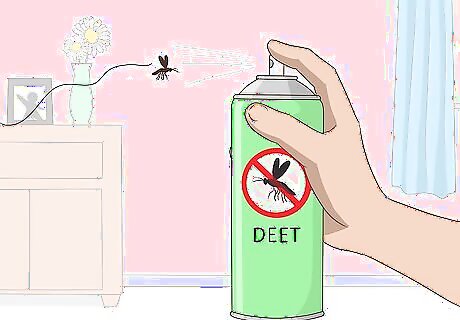
Use pesticides containing DEET or picaridin to blast bugs on sight. If you happen to spot no see ums or their larvae, spraying them with a powerful chemical pesticide will stop them in their tracks. Most pest control specialists agree that ordinary repellents are ineffective against no see ums, so killing them is usually better than attempting to ward them off. Going hunting for no see ums may be a lost cause—these minuscule critters are translucent, and often no more than 2–5 millimetres (0.079–0.197 in) long! Instead, wait for them to show up and make sure you’re ready when they do. Pesticides can provide a short-term fix by killing off adult flies, but they're not a permanent solution to more serious infestations.Warning: While pesticides are useful for controlling no see um populations, they often contain harmful chemicals, and can therefore come with their own set of health risks.
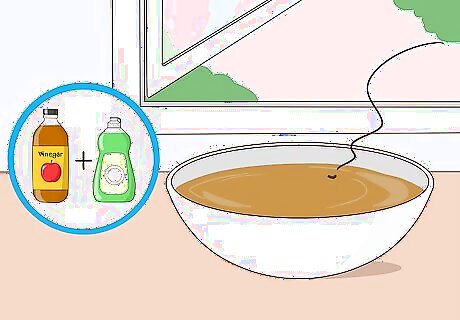
Trap stray no see ums with a mixture of vinegar and soap. Fill a small bowl with distilled white or apple cider vinegar, then squeeze in a few drops of liquid dish detergent. Leave your trap sitting out somewhere in the open. Passing flies will be drawn to the vinegar and end up stuck under the surface of the slippery soap. Dish soaps work by reducing the surface tension of liquids, make it impossible for insects to escape once they’re inside. This method can be a little smelly. Situating your vinegar trap near an open window with good ventilation can make it a less less unpleasant to have around.
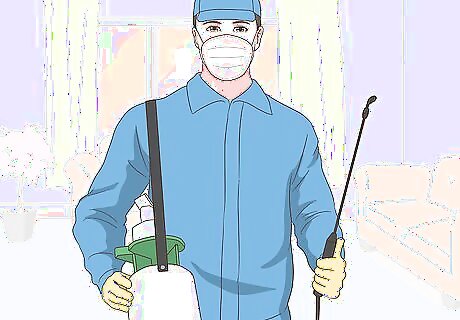
Hire an exterminator if you’re dealing with a full-fledged infestation. If things get bad enough, you may have no choice but to call in reinforcements. Depending on the extent of the problem, an exterminator may set traps, employ high-strength pesticide sprays, or even decide that a more intensive solution like fumigation is necessary. Exterminators aren’t cheap, but the peace of mind you’ll get from knowing that an infestation has been wiped out completely can be well worth it.
Keeping No See Ums Away
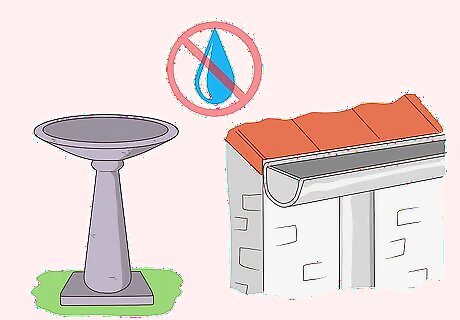
Clear up any standing water you find on your property. Walk around the exterior of your home and look for places that might be inviting to a population of no see ums. This may include unused fountains, bird baths, stopped-up gutters, and groundwater. When you come across a potential hotspot, drain it or fill it in with high-drainage material like gravel or sand. Don’t forget to peek inside any household items you find sitting out, such as buckets or wheelbarrows, to see if they contain stagnant water. Walk your property about once a week to check for any standing water that might have accumulated. You may need to have larger bodies of water like ponds and gulches professionally irrigated in order to dry them out for good.
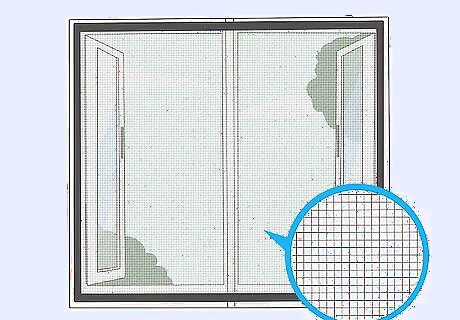
Install mesh window screens small enough to keep no see ums out. Pick up a few rolls of tight-knit insect repelling mesh and put them in place over your home’s windows. As small as no see ums are, the grid-like weave of small insect repellent meshes are even smaller. You can buy rolls of mesh screening at any hardware or home improvement store. They come in various sizes, from standard grade window screen all the way down to ultra-fine 20x20 “No See Um Mesh.” Inspect your screens regularly to make sure they’re free of holes or tears, and replace damaged sections if necessary. Even the smallest opening may be big enough to admit a tiny no see um.
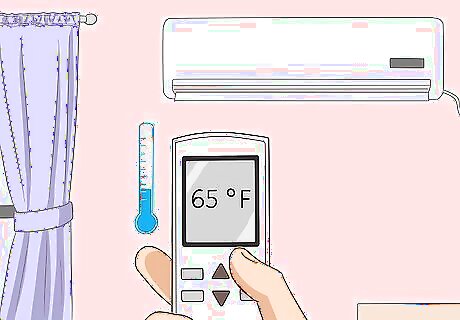
Leave your air conditioner on to lower the temperature and humidity. Set your thermostat to around 65–70 °F (18–21 °C) or below and let it run in intervals throughout the day. No see ums are attracted to warmth and moisture, so the cooler you keep it in your home, the less likely they are to come around. If blasting your air conditioner nonstop isn’t an option (say, if it’s winter), switch on a ceiling fan or portable box fan. This will at least keep cool air circulating throughout the room. Consider investing in a dehumidifier if you live somewhere with above-average humidity levels.
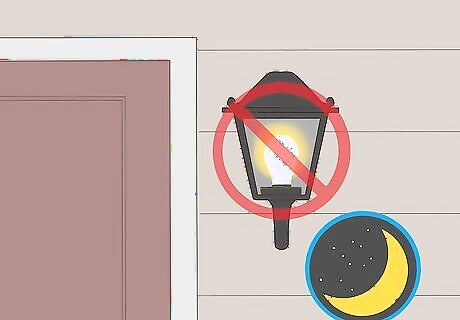
Turn off your porch lights at night to avoid attracting pests. Get in the habit of switching off all of the lights outside your home shortly after dusk. Many types of insects, including no see ums, gravitate towards light sources. These essentially act like homing beacons, signalling for bugs to come closer. Not only will shutting your lights off make you less visible to no see ums, it will also save you money on your monthly utility bill! Also, shut your curtains at night—the bugs can be attracted to the light coming out fo your windows.Tip: As an alternative to going completely dark, you could also try replacing your current bulbs with low-wattage yellow “bug bulbs” that don’t shine quite as brightly.
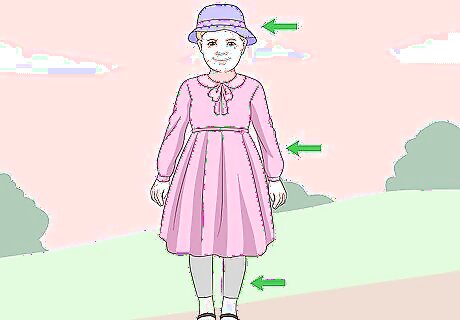
Wear long-sleeved clothing to keep yourself protected from bites. If you’re going to be outside someplace where no see ums tend to be a problem, be sure to pull on a pair of full-length pants and a long-sleeved shirt. It may also be a good idea to throw a hat on to minimize bites around your head and face if the no see ums are out in force. Always wear tall socks and closed-toed shoes anytime you’re walking near standing water in no see um-infested areas.
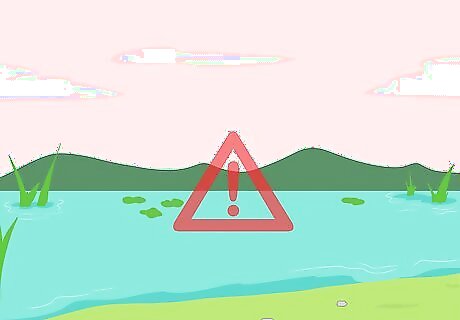
Stay away from wet, boggy areas where no see ums tend to swarm. One of the best strategies for dealing with pesky no see ums is to simply avoid them. Steer clear of locations like ponds and marshes, as well as any place where water has collected and grown stagnate. Chances are good that there’s a cloud of no see ums not far away. If you do find yourself in one of these areas, try not to hang around too long, or your risk of being bitten will increase.




















Comments
0 comment